Monstera leaves can grow back after falling or getting cut off. When you trim the plant, it creates a new stem from the nearest node. Increasing humidity around the plant will also help it regrow leaves.
While Monstera leaves can grow back, you’ll want to make sure you know the best way to help it!

Otherwise, they may not produce new, healthy leaves.
You can tell they’re healthy if the leaves are a rich green and appear waxy.
Table of Contents
Will Monstera Grow New Leaves After Pruning?
You’ll want to prune your Monstera reasonably often.
Doing so encourages it to grow and replace old leaves with newer and healthier ones.
This plant is easy to propagate, so you can make plenty of new Monsteras whenever you want!
Many gardeners recommend that you prune the Monstera in the early spring.
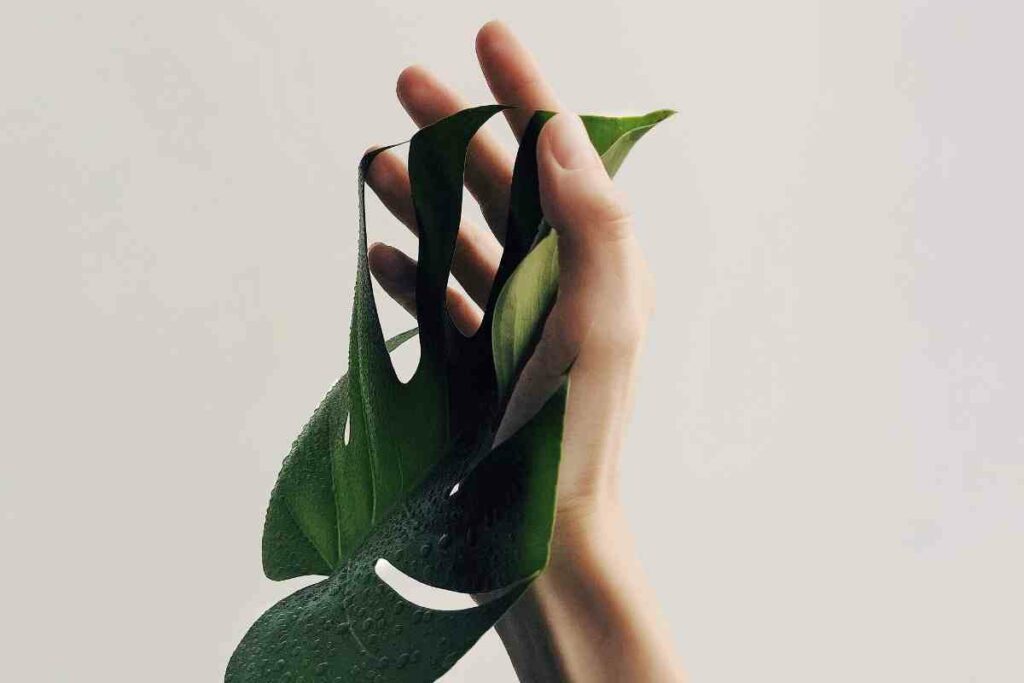
The plant is ready to enter its growing season, making fresh leaves.
Keep an eye out for damaged and discolored leaves.
Cutting them off makes the plant look nicer while encouraging it to grow new leaves.
Dead leaves don’t function well for the plant, so you’ll want to ensure it doesn’t have any.
If you see yellow leaves, the plant is getting too much sunlight.
You’ll want to move it out of the direct sunlight to get healthier leaves after pruning it.
What to Expect? Your Monstera will grow new leaves after you prune it! Always remove brown, crispy leaves since they can no longer photosynthesize and no longer have a function for the plant.
How To Prune Monstera To Encourage Leaf Growth
Check for old or dying leaves on the plant.
You’ll want to start at the plant base and work your way up.
If you want to encourage the plant to grow new leaves, trim it with sharp shears where you want it to grow.

Where you cut it also changes how the plant grows.
For Example – Cutting it at the top makes it taller, while cutting it at the bottom makes it wider.
Monsteras also grow the most during the spring and summer months.
If you prune it in the early spring, the plant regrows the leaves much faster.
Always wear gloves when cutting a Monstera!
The sap it produces is toxic and can irritate the skin. It’s not very harmful unless you eat it, but it can irritate some people’s skin more than others.
How Do I Make a Monstera Grow New Leaves?
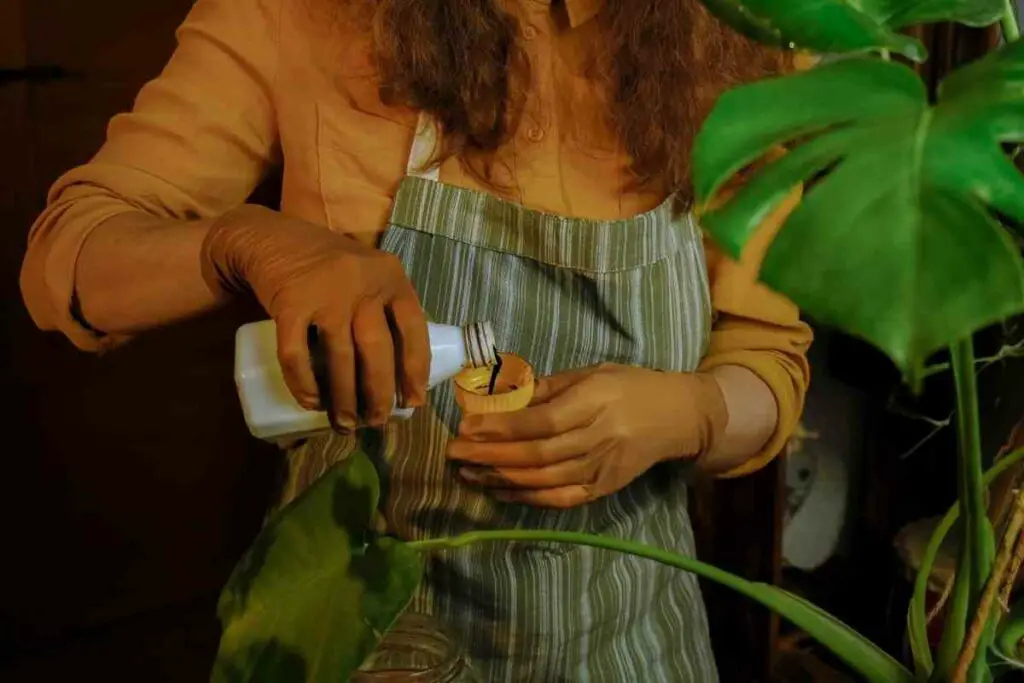
It’s possible to make your Monstera produce new leaves by changing its environment:
- Start by offering it a structure to climb on. A support pole is a good option!
- Then, make sure to water it frequently. In general, you should water a Monstera every one to two weeks.
- Make sure the topsoil is dry between waterings. Keep in mind that you might need to water it more or less often, depending on where you live.
- Next, make sure the Monstera has adequate lighting. Monsteras need bright indirect light. That means you want it near a bright light source, but don’t place it directly in the sun. This plant needs five to eight hours of sunshine a day to thrive.
- Monsteras also love humid environments! A humidifier nearby can encourage leaf growth.
- Lastly, make sure to provide your plant with fertilizer fairly often. Many gardeners make their compost for their Monstera plants.
Why Do Monstera Leaves Curl?
Monstera leaves do curl in on themselves sometimes.
You won’t need to prune them if they do- you can make them unfurl by changing their environment instead.
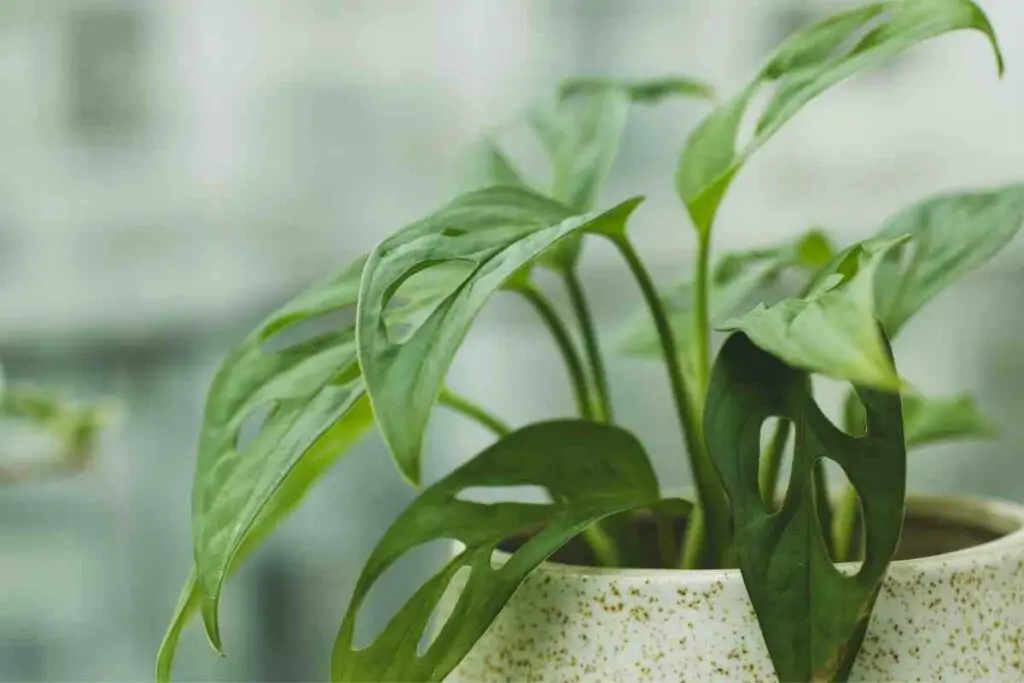
There are three steps you’ll need to take to make the leaves flatten:
- Increase the temperature in your home
- Increase the amount of indirect light the plant receives
- Increase the humidity level near the plant to 50% – 70%
Monstera leaves curls when you aren’t meeting their needs.
It indicates that you’ll want to change how you care for it!
After curling, the leaves will often become dry and crispy. You may also want to offer your plant some more water and see if that perks it back up.
In Short – Curling Monstera leaves mean the plant needs more of something. It doesn’t mean you need to cut them off to encourage new growth!
Pruning the Monstera in this state could cause more harm than good.
How Do I Propagate a Monstera?
When you’re ready to propagate a Monstera plant, you’ll want to cut it under a node by at least two inches.
The node is where the stems split and grow from a larger branch. More mature plants will have many more nodes.
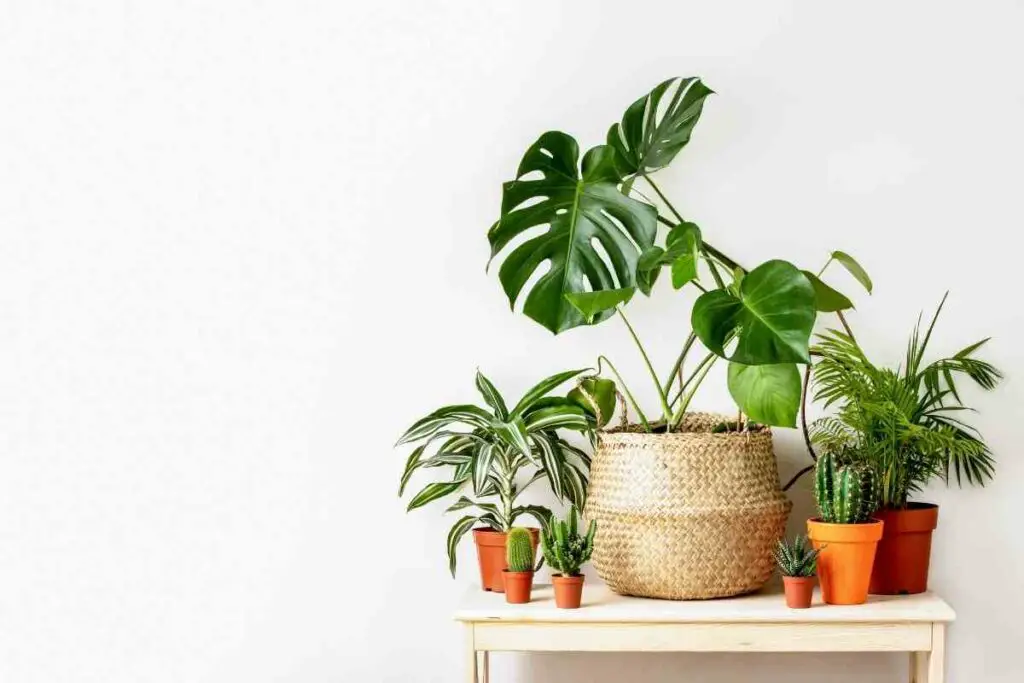
Take the piece you cut and place it in freshwater. You’ll want to change the water every three days, at least.
Then, make sure to keep the plant in a humid, moist area. The roots will appear in about one to two weeks.
You’ll want to wait until the cutting has a root system before planting it in potting soil. Once you have it in a pot, you can care for it like normal!
Remember This: Since these plants produce a lot of leaves, it’s common for people to propagate them frequently. If you’re new to propagating, the Monstera is the perfect plant to gain more experience with.
How Do I Clean Monstera Leaves?
Since Monstera leaves are large and flat, they can quickly build dust upon their surface.
You should clean them once per week, at least.
Start with a damp cloth and use it to brush the dust off the leaves.
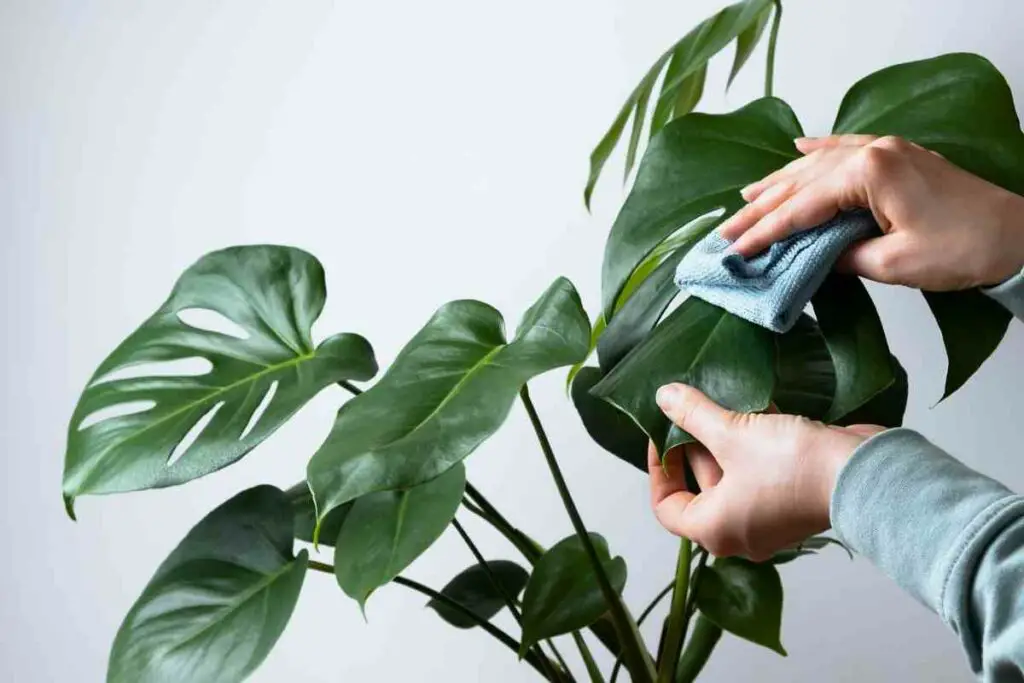
If the leaves are small enough, you can simply mist them to clean them.
As you clean the leaves, keep an eye out for signs of damage. You can prune the yellow or crunchy leaves to encourage more healthy growth.
The sooner you remove old leaves, the better it is for the plant.
If you don’t clean the plant each week, the leaves won’t be able to perform photosynthesis efficiently.
This issue can lead to the leaves curling, dying, and drying out! So, you’ll want to clean the plant when you have time- it won’t take long.
Final Thoughts
Monstera leaves can grow back after falling or getting cut off.
While Monstera leaves can grow back, you’ll want to make sure you know the best way to help it!
You’ll want to prune your Monstera reasonably often. Doing so encourages it to grow and replace old leaves with newer and healthier ones.
Follow our guide above on how to prune your Monstera Leaves correctly to ensure growth.
You Might Also Read
- How to Dry Basil Leaves: A Professional Guide
- Is an Avocado a Fruit or Vegetable? Simple Answer and Explanation
- Does Pineapple Have Seeds? Exploring the Anatomy of Pineapples
- Blooming Through Winter: Can I Grow Vegetables Indoors in the Winter?
- What Can You Grow in a Greenhouse All Year Round: A Guide to Year-Round Greenhouse Gardening
- Are Blueberries Blue? Debunking the Myth of Their Color
















